In 1962, the Nobel-Prize winning French poet-diplomat, Saint-John Perse, composed a poem in honor of the artist Georges Braque’s eightieth birthday. He wrote about birds in general, but also about Braque’s birds in particular. Braque responded with twelve aquatints, realized at Aldo Crommelynck’s atelier in Paris. Together these were published as L’ordre des oiseaux (The Order of Birds).
The men only met twice, in 1958 and again in 1961, introduced by Jean Paulhan at the artist’s request. Braque had recently visited the bird sanctuary in Camargue and he spoke to Perse about developing a project around these birds. They worked independently and Braque chose as their epigram Perse’s line: “…L’oiseau plus vaste sur son erre voit l’homme libre de son ombre, à la limite de son bien.”
Victor Brombert writes, “Saint-John Perse’s unexpected collaboration with Braque began as a poetic meditation on birds and turned into a poem about space and the rapture of the poet. Exile, migrant and navigator of the air, Perse’s bird, like the rhapsodist, brings the seasons together. His allegiance to life and to nature is that of the ascetic. Launched on his wings, doubly loyal to air and land, he liberates himself from the “tragic shores of the real,” only to reaffirm, through the austerity of flight, a sense of peace and unity achieved at the very frontiers of man. He is a “prince of ubiquity,” a creator of his own flight.” (Hudson Review, 1966)
See also: http://www.sjperse.org/oiseaux.html
A complete English translation of Perse’s poem can be found in Birds (New York: Pantheon Books, 1966) Firestone Oversize PQ2623.E386 O73713 1966q


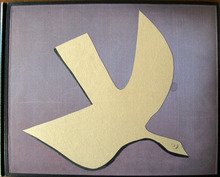




























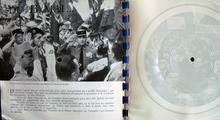






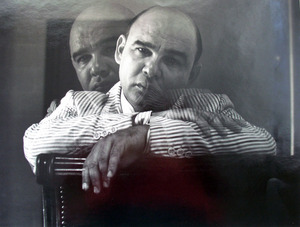



























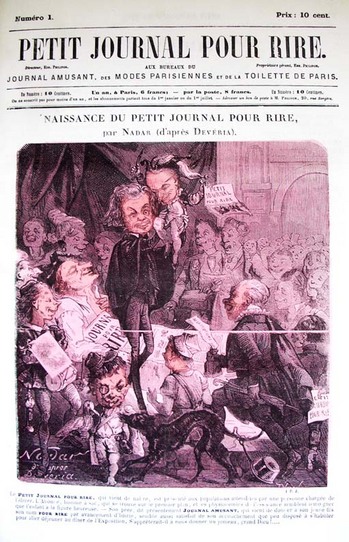
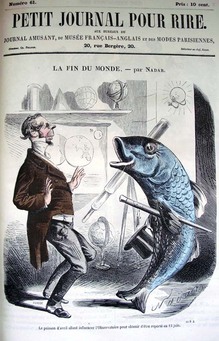






Recent Comments